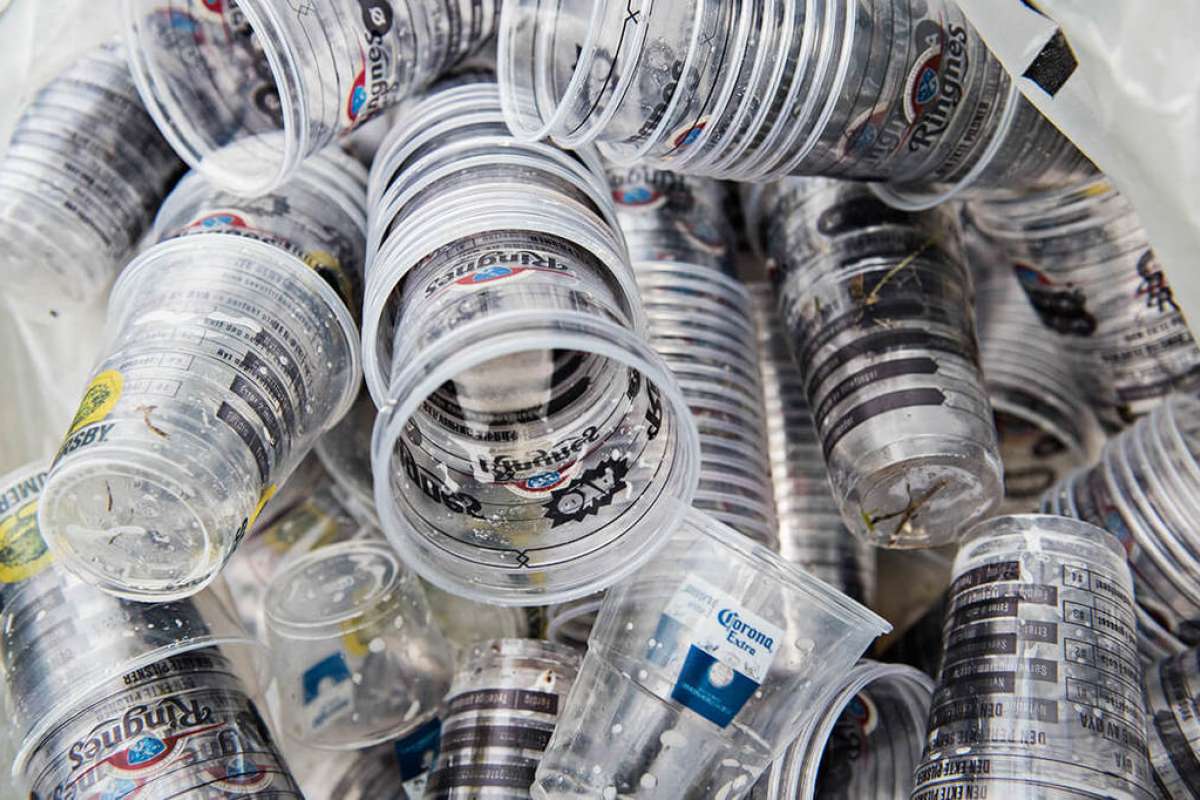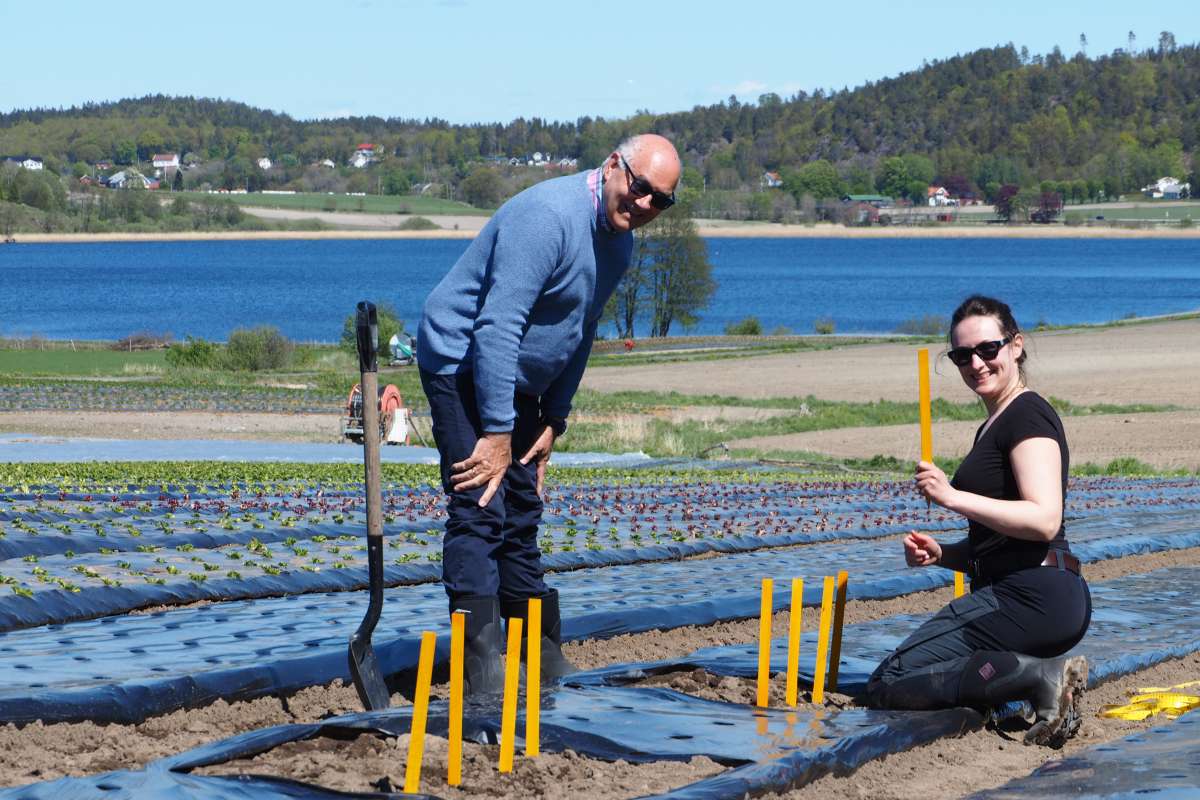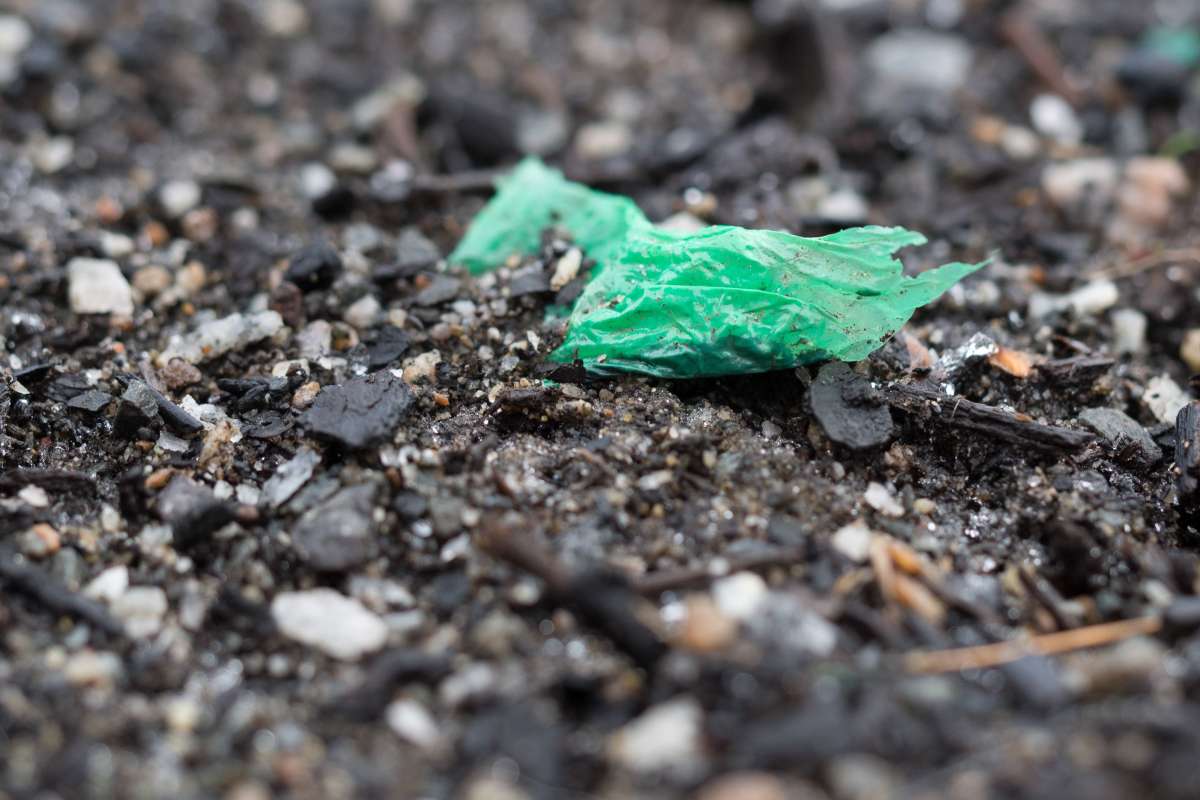Divisjon for miljø og naturressurser
DGRADE - Nedbrytning av bionedbrytbar plast i jord og avfallsstrømmer
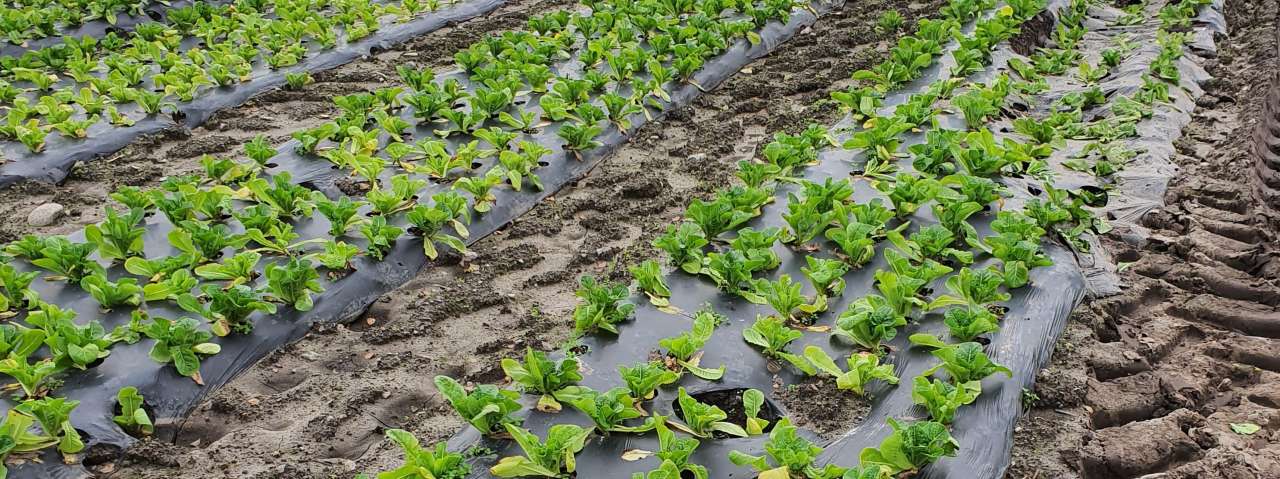
Slutt: sep 2023
Start: jan 2020
Det er et økende fokus på plast, både som ressurs og som forurensning. I denne sammenheng har en del klima- og miljøhensyn drevet fram ulike former for bionedbrytbar plast. Disse spenner fra engangsartikler som drikkebegre og engangsbestikk til avfallsposer og landbruksplast som brukes til jorddekking. Men hvor fort brytes disse produktene ned under norske forhold?
Prosjektmedarbeidere
Erik J. Joner Pierre-Adrien Rivier Anders Aas Irmeline de Sadeleer Kari-Anne Lyng Anna Woodhouse Dagny Ugulsvik Alvik Martin Haarr Merete Dæhli Hans Håkon Helmen Ingrid Rimeslåtten Østensen Kari Aarekol Arve Martinsen Kine Bugge Halvorsen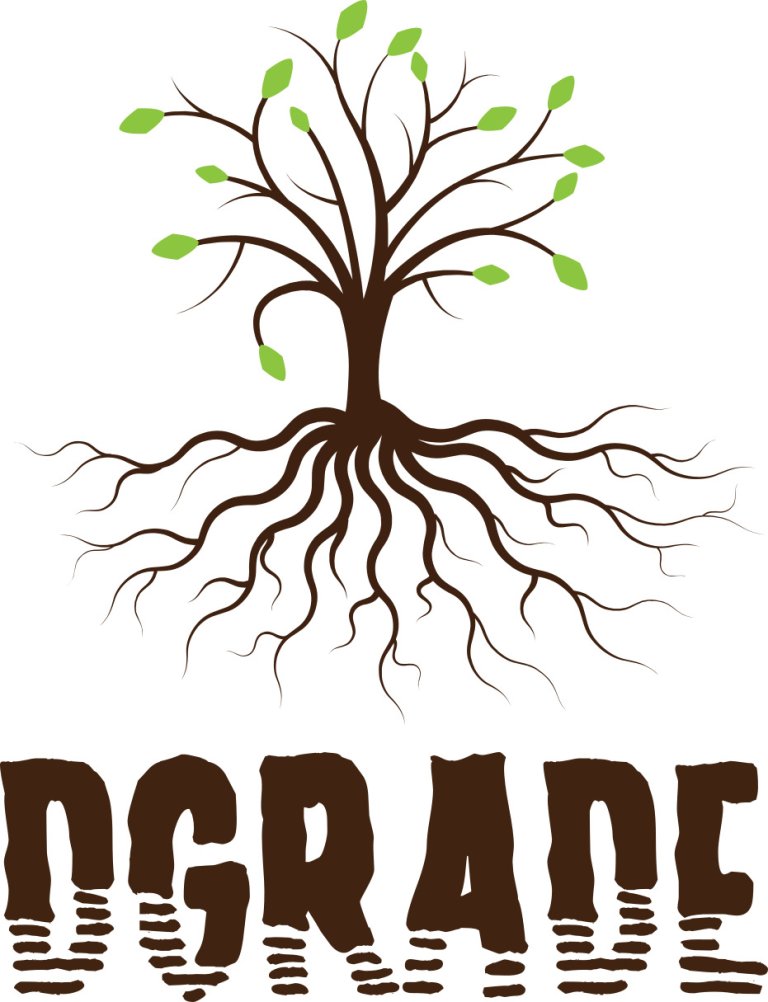
| Status | Pågående |
| Start- og sluttdato | 01.01.2020 - 30.09.2023 |
| Prosjektleder | Claire Coutris |
| Divisjon | Divisjon for miljø og naturressurser |
| Avdeling | Bioressurser og kretsløpsteknologi |
| Samarbeidspartnere | NIBIO, NORSUS, Grønt Punkt Norge, SIMAS IKS, Norsk Landbruksrådgiving, Agri Råd. |
| Totalt budsjett | 6480000 |
| Finansieringskilde | Norges Forskningsråd og Handelens Miljøfond (Grant 303560) |
- Selv om det legges mye vekt på resirkulering, er bruk av resirkulert plast fremdeles liten i Europa.
- Klima- og miljøhensyn har drevet fram ulike former for bionedbrytbar plast til ulike anvendelser
- Bionedbrytbar plast skaper utfordringer med hensyn til håndtering og avfallsbehandling
- Bionedbrytbar plast forsvinner ikke fort nok i naturen (uten behandling), mens nedbrytbar-stempelet kan føre til at vi forsøpler med god samvittighet
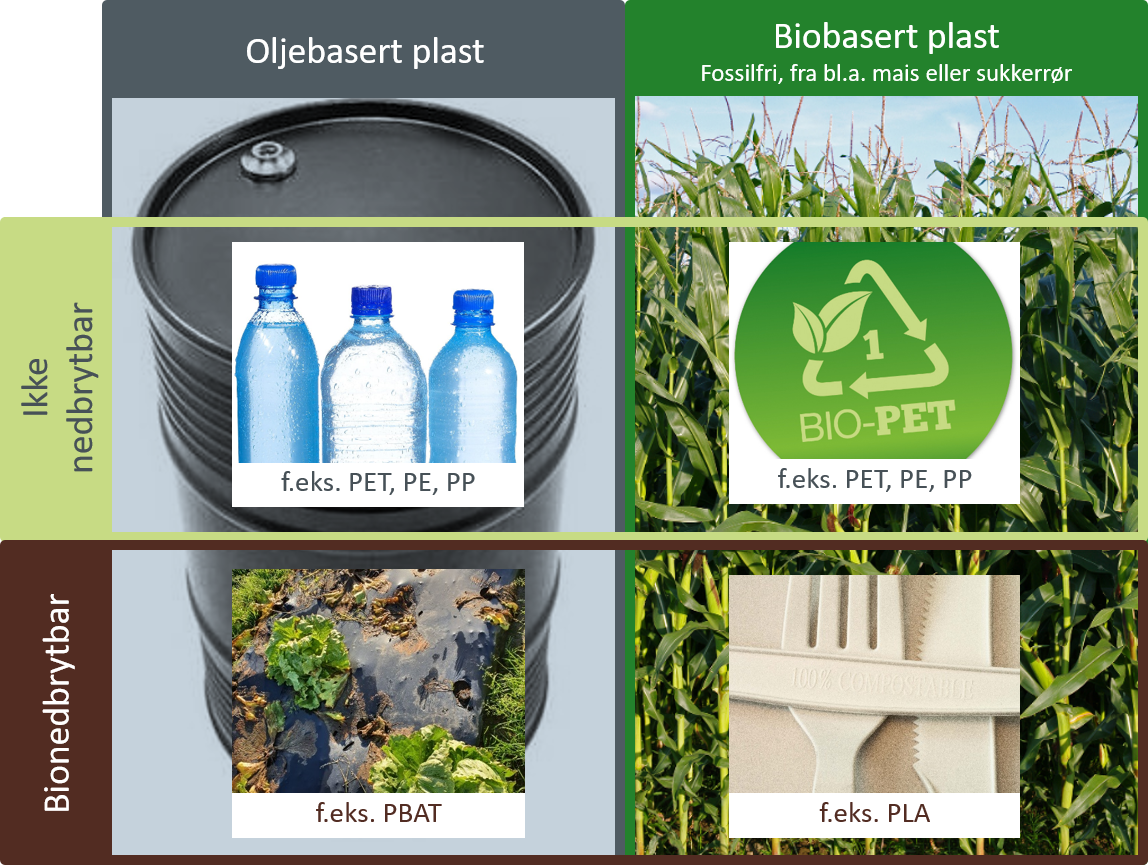
Bionedbrytbar plast er laget for å brytes ned i en biologisk prosess under visse betingelser, altså ved hjelp av bakterier, sopp, alger eller enzymer.
Ikke nedbrytbar biobasert plast (som bio-PET, bio-PE, osv.) er derimot ikke omhandlet i prosjektet. Det forvirrende begrepet "bioplast" bør unngås, siden "bio" i begrepet sier ingenting om det står for bionedbrytbar eller biobasert (eller begge).
Tre spørsmål vi ønsket å svare på
- Det første handler om bionedbrytbar landbruksplast, som brukes for å øke jordtemperatur, holde på jordfuktighet og hindre vekst av ugress. Der ønsket vi å vite om den brytes raskt nok i nordisk klima, slik at makro- og mikroplast ikke akkumuleres i jord
- Det andre handler om bionedbrytbar plast i avfallsstrømmer. Der ønsket vi å vite om kompostering og biogassproduksjon kan være en kilde til plast i miljøet.
- Det tredje ser på de miljøkostnadene og fordelene med bionedbrytbar plast. Målet er å gi et livssyklusperspektiv for bionedbrytbar plast i landbruk og i avfallsstrømmer.
Kort oppsummering av resultatene
Forum Landbruksplast lagde en kort video på 3 min som oppsummerer resultatene i prosjektet.
Ta kontakt om du ønsker å se på opptaket fra prosjektets sluttseminar, avholdt den 23.09.2023. Der får du over 4 timer med presentasjoner og diskusjon, først om bionedbrytbar plast i jord, så i kompost og til slutt i biogassproduksjon, med LCA presentasjoner inkludert i hver bolk.
Arbeidspakker og samarbeidspartnere
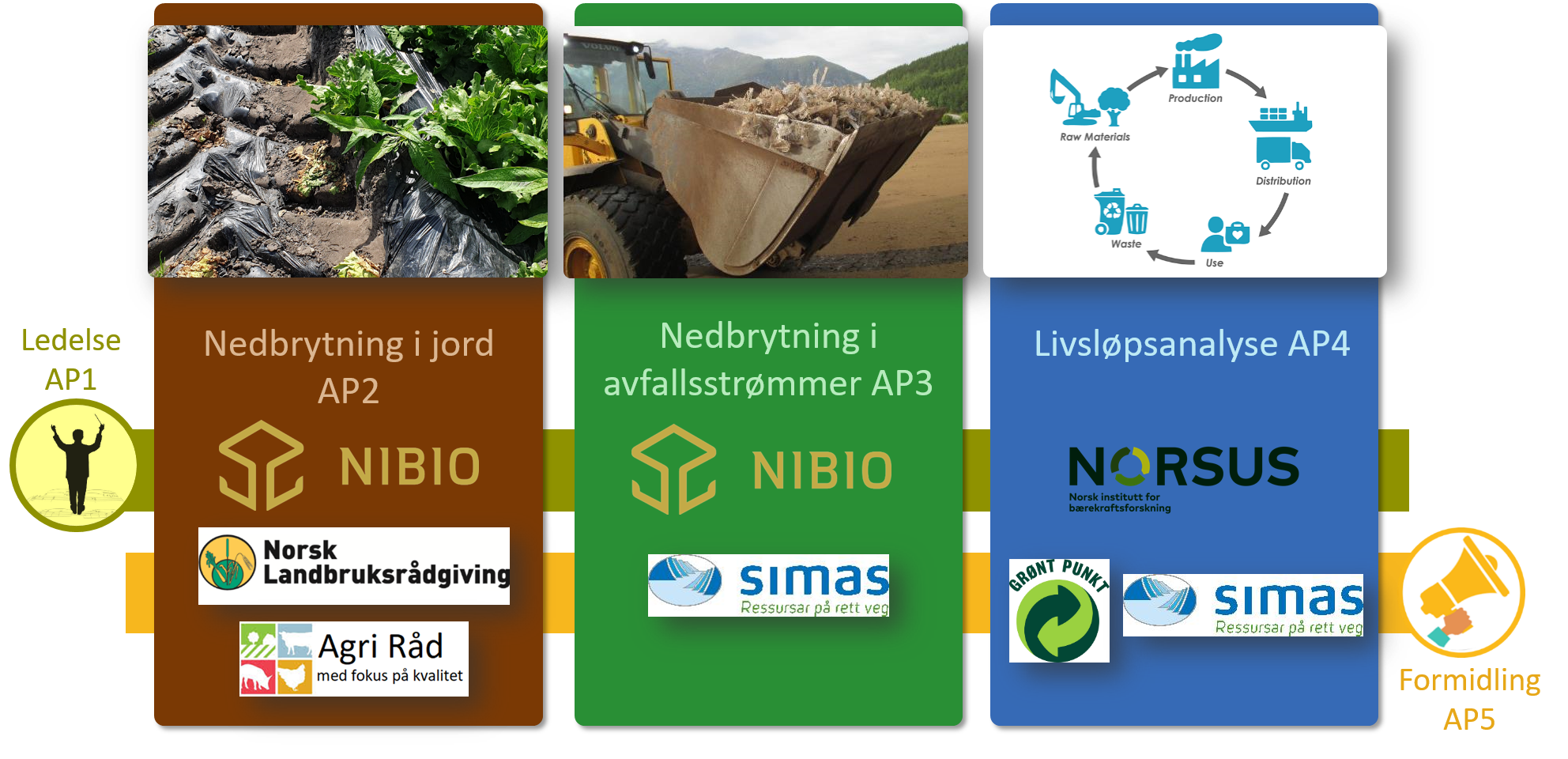
Publikasjoner i prosjektet
Sammendrag
Det er ikke registrert sammendrag
Sammendrag
De siste årene har det kommet en rekke bionedbrytbare plastvarianter, også i Norge. Men hvor nedbrytbar er egentlig denne plasten under norske forhold med relativt lave temperaturer? Brytes den fullstendig ned, eller omdannes den til makro- eller mikroplast i stedet? Gjennom prosjektet DGRADE – Nedbrytning av bionedbrytbar plast i jord og avfallsstrømmer har forskere forsøkt å finne svar på disse spørsmålene. De kan nå slå fast at plasten brytes ned, men kun hvis forholdene ligger til rette for det. Hvis ikke forholdene er gode nok, kan også nedbrytbare plastprodukter bidra til plastforsøpling
Sammendrag
Ny forskning viser at nedbrytbar plast brytes ned under norske forhold, men kun dersom den havner der den skal. Det vil si i industriell kompost eller i et jordmiljø der forholdene ligger til rette for at mikroorganismene kan bryte den ned.
Forfattere
Claire CoutrisSammendrag
Det er ikke registrert sammendrag
Sammendrag
Det er ikke registrert sammendrag
Forfattere
Claire CoutrisSammendrag
Det er ikke registrert sammendrag
Sammendrag
Det er ikke registrert sammendrag
Sammendrag
Det er ikke registrert sammendrag
Forfattere
Claire CoutrisSammendrag
Det er ikke registrert sammendrag
Forfattere
Claire CoutrisSammendrag
Det er ikke registrert sammendrag
Forfattere
Claire CoutrisSammendrag
Det er ikke registrert sammendrag
Forfattere
Claire CoutrisSammendrag
Det er ikke registrert sammendrag
Forfattere
Claire CoutrisSammendrag
The presentation covers some of the work we are doing on two important sources of plastics and microplastics in Norwegian agricultural soils. The first is through soil amendment with biogas digestate. The second is through plastic mulching with biodegradable plastic film.
Forfattere
Claire CoutrisSammendrag
Det er ikke registrert sammendrag
Forfattere
Claire CoutrisSammendrag
Søkelyset på utfordringene med plast og forsøplingsproblematikken har sammen med nye krav og forbud fra EU, ført til at mange produsenter ønsker seg gode alternativer til fossil plast. Et resultat av dette er at stadig flere velger bionedbrytbar plast i emballasje eller som alternativ i landbruket. Men hva skjer med den bionedbrytbare plasten? Enten ute på jordet eller i kommunale biokomposteringsanlegg. Blir den brutt ned? Det er noe Grønt Punkt Norge ønsker bedre svar på. Derfor har vi vært initiativtaker til et 3-årig prosjekt hvor NIBIO skal forske på dette. Prosjektet er nå halvveis og onsdag 24. mars vil forsker Claire Coutris fra NIBIO dele noen foreløpige resultater.
Forfattere
Claire CoutrisSammendrag
Det er ikke registrert sammendrag
Forfattere
Andreas BrilkeSammendrag
Plastics in terrestrial ecosystems negatively affect their functioning by altering physical properties and disturbing soil microorganisms. The same could be true for biodegradable plastics entering nature through incomplete degradation in composting plants, and their subsequent application to soil in fertilizer substrate. So far, no standard analysis protocol for biodegradable plastic degradation exist. This Master's thesis has focused on developing methods for the analysis of biodegradable plastic degradation in a compost matrix and lays a foundation which later research can be built upon. Fenton's reagent and hydrogen peroxide were tested as a sample up-concentrating pre-treatment of an organic matter matrix containing biodegradable microplastics. The degradation of four different biodegradable plastics in nylon bags in a compost tumbler and a compost oven incubation were assessed. Samples for pH and phospholipid fatty acids (PLFA) of different treatments were collected to compare their development and interchangeability. Fenton's reagent was the better suited up-concentrating pre-treatment for samples with some uncertainty remaining. Assessing the biodegradable plastic degradation indicated an incomplete process in home composts and (Norwegian) composting plants. pH values coarsely reflected the composting conditions and suggested interchangeability of most treatments. Analysis of pH together with PLFA results would have been optimal, but could not be accomplished as the COVID-19 epidemic hindered the PLFA analysis. While some uncertainties in the developed methods remain, it can be concluded that a basis for establishing biodegradable plastic degradation analysis was created. Subsequent research should continue their development to assess whether biodegradable plastic remains from composting plants contribute to the accumulation of plastics in terrestrial ecosystems.
Sammendrag
Stadig flere bønder bytter ut tradisjonell landbruksplast med bionedbrytbar plastfilm som kan freses rett ned i jorda etter bruk. Nå er forskere i gang med å undersøke hvor nedbrytbar den faktisk er under norske forhold.
Sammendrag
Stadig flere bønder bytter ut tradisjonell landbruksplast med bionedbrytbar plastfilm som kan freses rett ned i jorda etter bruk. Nå er forskere i gang med å undersøke hvor nedbrytbar den faktisk er under norske forhold.
Sammendrag
Det er ikke registrert sammendrag
Sammendrag
Det er ikke registrert sammendrag
Forfattere
Claire CoutrisSammendrag
Det er ikke registrert sammendrag
Sammendrag
Vi har alle hørt om problemene plast i havet kan føre med seg. Men plast havner også i jord, blant annet via avløpsslam, biogjødsel og fra plastbruk i landbruket. Akkurat hvor mye plast det er snakk om er imidlertid uvisst.
Sammendrag
Vi har alle hørt om problemene plast i havet kan føre med seg. Men plast havner også i jord, blant annet via avløpsslam, biogjødsel og fra plastbruk i landbruket. Akkurat hvor mye plast det er snakk om, er imidlertid uvisst.
Sammendrag
Vi har alle hørt om problemene plast i havet kan føre med seg. Men plast havner også i jord, blant annet via avløpsslam, biogjødsel og fra plastbruk i landbruket. Akkurat hvor mye plast det er snakk om, er imidlertid uvisst.
Konferanseforedrag – Plast og mikroplast i jord: hvilke utfordringer står vi overfor?
Claire Coutris
Forfattere
Claire CoutrisSammendrag
Det er ikke registrert sammendrag
Forfattere
Erik J. JonerSammendrag
Det er ikke registrert sammendrag

